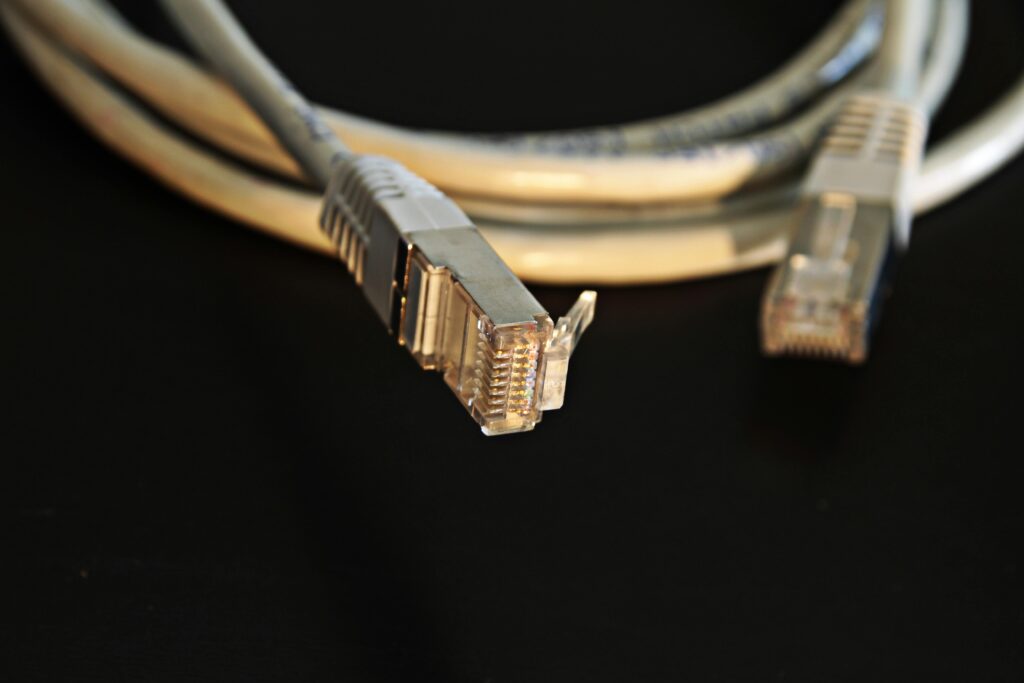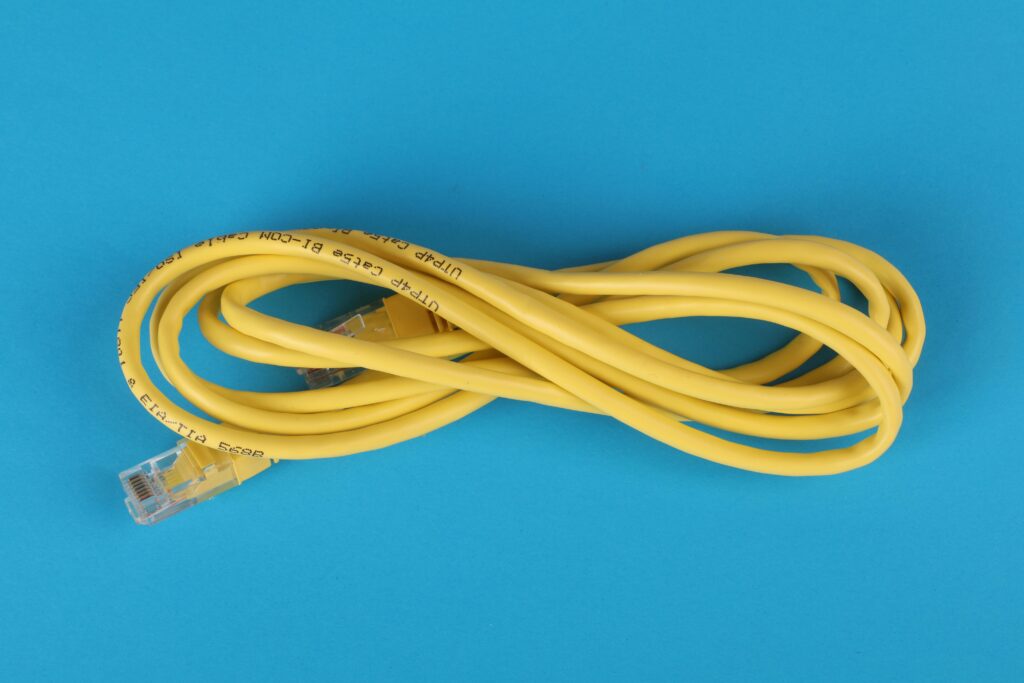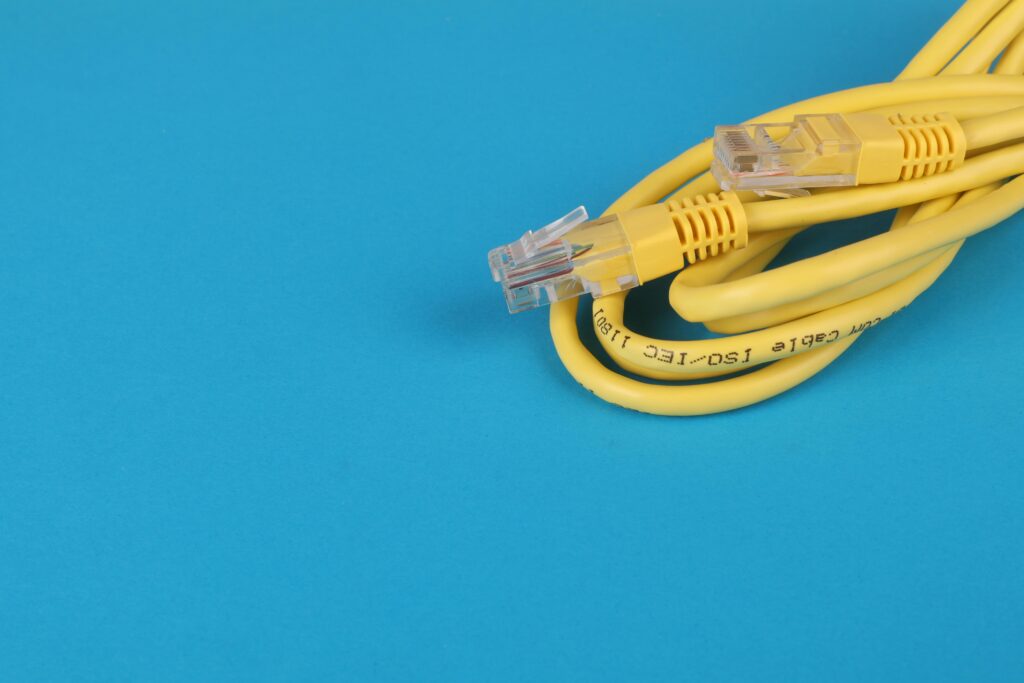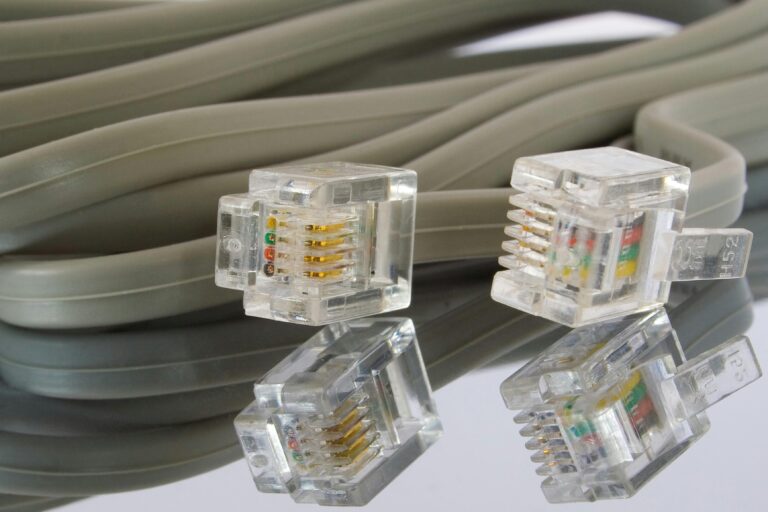LC LC patch cord
When building modern fiber optic networks, selecting the right patch cables can significantly impact your installation’s performance. LC to LC patch cables have become the gold standard for high-density applications, offering superior connectivity in data centers, telecommunications, and enterprise environments across the United States.
These compact, reliable fiber patch cords deliver exceptional performance while maximizing port density in network equipment. Whether you’re upgrading an existing network or planning a new installation, understanding LC fiber patch cables will help you make informed decisions that optimize both performance and budget.

What Makes LC Connectors Special
The LC (Lucent Connector) revolutionized fiber optic connectivity when it emerged in the telecommunications industry. Originally developed by Lucent Technologies, these connectors quickly gained acceptance due to their unique design advantages over traditional fiber connectors.
LC connectors feature a 1.25mm ferrule diameter, exactly half the size of standard SC connectors. This compact form factor allows network administrators to fit twice as many connections in the same rack space, making them ideal for high-density applications where space is at a premium.
The push-pull coupling mechanism provides secure connections while simplifying installation and maintenance. Unlike twist-on connectors, LC connectors push in and pull out, reducing installation time and minimizing the risk of fiber damage during connection procedures.
Key Design Benefits
The LC connector’s ceramic ferrule ensures precise fiber alignment, crucial for maintaining low insertion loss and high return loss performance. The connector body uses a durable polymer construction that withstands repeated mating cycles while protecting the delicate fiber core inside.
Color coding helps technicians identify single-mode and multimode applications instantly. Single-mode LC connectors typically use blue housings, while multimode versions come in beige or aqua colors, depending on the fiber type.
LC to LC Patch Cable Specifications
Understanding fiber patch cable specifications helps ensure optimal network performance. LC to LC duplex patch cables consist of two individual fibers bundled together, allowing simultaneous transmission and reception of optical signals.
Fiber Core Construction
Single-mode OS2 fiber provides the foundation for long-distance, high-bandwidth applications. The 9/125 micrometer core and cladding diameter supports laser-optimized transmission over distances exceeding 10 kilometers without signal regeneration.
Multimode fiber options include OM1, OM2, and OM3 specifications. OM1 fiber supports gigabit Ethernet over 550 meters, while OM3 extends 10 G transmission capabilities to 300 meters. The choice between single-mode and multimode depends on distance requirements and equipment compatibility.
Cable Jacket Materials
Fiber patch cords use different jacket materials based on installation environment requirements. Standard PVC jackets work well for general indoor applications, providing adequate protection and flexibility at cost-effective prices.
LSZH (Low Smoke Zero Halogen) jackets meet plenum requirements for air handling spaces. These jackets produce minimal smoke and toxic gases during fire conditions, making them essential for installations in ceiling spaces and ventilation areas.
OFNR (Optical Fiber Nonconductive Riser) rated cables handle vertical installations between floors. The riser rating ensures fire safety compliance while maintaining signal integrity in multi-floor building installations.
Technical Performance Characteristics
High-quality LC fiber patch cables deliver consistent performance across multiple parameters. Insertion loss typically measures less than 0.3 dB for single-mode connections and under 0.5 dB for multimode applications when properly installed and maintained.
Return loss performance exceeds 50 dB for single-mode os2 fiber and 20 dB for multimode configurations. These specifications ensure minimal signal reflection, critical for maintaining data transmission quality over long distances.
Durability Standards
Professional-grade LC to LC patch cables withstand over 1,000 mating cycles without performance degradation. This durability proves essential in environments where connections are frequently changed or equipment is regularly serviced.
Environmental specifications include operating temperatures from -20°C to +70°C, accommodating most indoor installation conditions. Some specialized cables extend this range for harsh environment applications.
Single-Mode vs Multimode Applications
Choosing between single-mode and multimode lc fiber patch cables depends on specific network requirements. Single-mode fiber excels in long-distance applications where high bandwidth and extended reach are priorities.
Data centers increasingly adopt single-mode OS2 fiber for backbone connections, even over short distances. The superior bandwidth capabilities support future network upgrades without requiring cable infrastructure changes.
Multimode Performance
Multimode fiber patch cords serve short-distance, high-bandwidth applications effectively. OM3 multimode fiber supports 10 gigabit Ethernet over 300 meters, making it suitable for most local area network applications within buildings.
The larger 50/125 micrometer core diameter of OM3 fiber simplifies connector alignment and reduces manufacturing costs compared to single-mode alternatives. This makes multimode an attractive option for budget-conscious installations with limited distance requirements.
Installation Best Practices
Proper installation techniques ensure optimal fiber patch cable performance throughout the cable’s service life. Always inspect connector end faces before making connections, using appropriate cleaning materials to remove dust and contamination.
Maintain proper bend radius throughout cable runs. Fiber patch cords typically require minimum bend radii of 10 times the cable diameter for dynamic applications and 20 times for static installations. Violating bend radius specifications can cause permanent fiber damage and signal loss.
Cable Management Strategies
Organize fiber patch cords using appropriate cable management hardware. Fiber-specific cable trays and routing guides prevent excessive bending while maintaining easy access for moves, adds, and changes.
Label both ends of each patch cable clearly, documenting port assignments and circuit information. This documentation proves invaluable during troubleshooting and network maintenance activities.

Quality Standards and Testing
Reputable manufacturers test every LC to LC duplex patch cable before shipment. Factory testing includes insertion loss, return loss, and end face geometry measurements to ensure compliance with industry standards.
Look for cables meeting Telcordia GR-326-CORE requirements for optical performance. These standards define acceptable insertion loss, return loss, and durability specifications for telecommunications applications.
Field Testing Procedures
Verify patch cable performance using calibrated test equipment after installation. Optical power meters and light sources provide basic continuity and loss measurements, while OTDR (Optical Time Domain Reflectometer) testing identifies specific fault locations.
Document test results for future reference and warranty claims. Many manufacturers provide performance warranties based on proper installation and documented test results.
Troubleshooting Common Issues
Signal loss problems often trace to contaminated connector end faces. Even microscopic dust particles can cause significant insertion loss increases. Regular cleaning using appropriate solvents and lint-free wipes maintains optimal performance.
Physical damage to fiber cores occurs when bend radius specifications are exceeded. Inspect cables for kinks, tight bends, or crushing damage that could affect optical transmission. Replace damaged cables immediately to prevent intermittent connectivity issues.
Connection Problems
Poor connections result from improper seating or contaminated mating surfaces. Ensure connectors fully engage with audible clicks, and verify proper alignment using inspection microscopes when troubleshooting persistent problems.
Temperature cycling can affect connector performance over time. Thermal expansion and contraction may loosen connections or introduce micro-bends that increase optical losses. Regular maintenance checks help identify these developing problems.
Market Considerations and Selection
Price varies significantly based on fiber type, cable length, and jacket specifications. Single-mode OS2 cables typically cost more than multimode alternatives due to tighter manufacturing tolerances and specialized materials.
Bulk purchasing reduces per-unit costs while ensuring consistent specifications across installations. However, balance inventory costs against potential specification changes or technology upgrades that could obsolete stockpiled cables.
Vendor Selection Criteria
Choose suppliers with proven track records in fiber optic manufacturing. Look for ISO 9001 certification and compliance with relevant industry standards. Request sample cables for evaluation before committing to large purchases.
Consider the total cost of ownership, including warranty terms, technical support availability, and replacement lead times. Lower initial prices may prove expensive if quality problems cause network downtime or require premature replacements.

Future Technology Trends
Higher bandwidth requirements drive continued innovation in fiber patch cable technology. 25G and 100G applications require enhanced connector designs and improved manufacturing precision to maintain acceptable loss budgets.
Bend-insensitive fiber technology allows tighter installation tolerances while maintaining signal quality. These advances enable higher-density installations and simplify cable routing in space-constrained environments.
Network Evolution
Software-defined networking and cloud computing increase dynamic connectivity requirements. Pre-terminated fiber patch cords support rapid network reconfiguration while maintaining reliable performance.
The growing adoption of 400G and 800G network interfaces will likely require new connector technologies or enhanced versions of existing LC designs to support these high-speed applications effectively.
Implementation Recommendations
Start fiber optic projects with comprehensive planning that considers current requirements and future growth. Choose single-mode OS2 infrastructure for backbone applications to ensure compatibility with evolving network technologies.
Standardize on LC connectors for new installations to maximize equipment compatibility and simplify inventory management. The widespread industry adoption of LC interfaces ensures long-term availability and competitive pricing.
Invest in proper testing equipment and training to ensure optimal installation quality. The cost of professional-grade test equipment pays for itself through reduced troubleshooting time and improved network reliability.
Document everything thoroughly, including cable routing, test results, and maintenance activities. This documentation proves invaluable during network expansions, troubleshooting activities, and technology refresh cycles.

1 thought on “Ultimate LC Fiber Patch Cable Guide: Everything You Need”